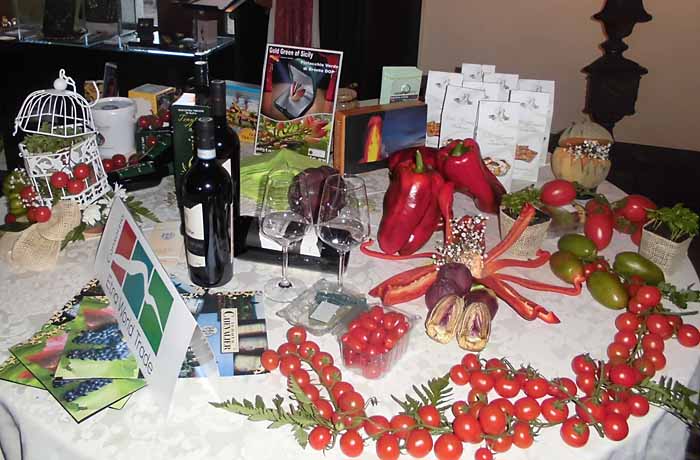I semi di pistacchio contengono molte proteine (18-23%), in olio (50-60%), vitamine ed altre sostanze non azotate (15-17%), fra i quali prevale il principio attivo della fecondita’. Il frutto ha quindi un valore nutritivo molto alto ed il suo valore in calorie e’ doppio di quello del burro. E’ assai pregiato e ricercato anche per il suo sapore aromatico e gradevole in pasticceria, in gelateria e per aromatizzare ed insaporire molte vivande. L’olio, estratto dal frutto, trova anche applicazione in dermatologia per le sue alte doti emollienti ed ammorbidenti.
E’ insuperabile per l’utilizzo in pasticceria, ma in Italia sono in realta’ sempre meno le industrie che utilizzano questo pistacchio dal costo piu’ elevato dei semi che vengono importati a basso costo soprattutto dall’Iran – questi sono tondi – , ma anche dalla Turchia, dall’Afghanistan, dalla Grecia e dall’America meridionale.
Gli stranieri invece continuano a comprare i pistacchi di Bronte, soprattutto le case che producono specialita’ da gourmet, dal fois gras francese, alle praline svizzere. Ma anche in Italia alcuni pasticceri e alcune associazioni di cultura gastronomiche stanno tornando a utilizzare e a promuovere questo pistacchio: e’ il caso dell’Associazione Pasticceri Citta’ di Bronte.
PISTACHIO IN THE KITCHEN Pistachio seeds contain many proteins (18-23%), in oil (50-60%), vitamins and other non-nitrogenous substances (15-17%), among which the active ingredient of fecundity prevails. The fruit therefore has a very high nutritional value and its value in calories is double that of butter. It is also highly prized and sought after for its aromatic and pleasant flavor in confectionery, ice cream parlors and for flavoring and flavoring many dishes. The oil, extracted from the fruit, also finds application in dermatology due to its high emollient and softening qualities. It is unsurpassed for use in pastry, but in Italy there are actually fewer and fewer industries that use this pistachio with a higher cost than the seeds that are imported at low cost especially from Iran - these are round -, but also from Turkey, Afghanistan, Greece and South America. Foreigners, on the other hand, continue to buy Bronte pistachios, especially the houses that produce gourmet specialties, from French fois gras to Swiss pralines. But also in Italy some pastry chefs and some gastronomic culture associations are returning to use and promote this pistachio: this is the case of the Association Pastry Chefs City of Bronte.
